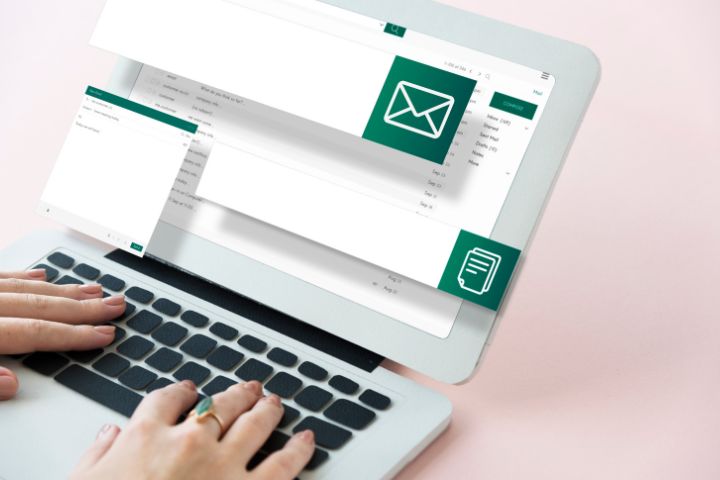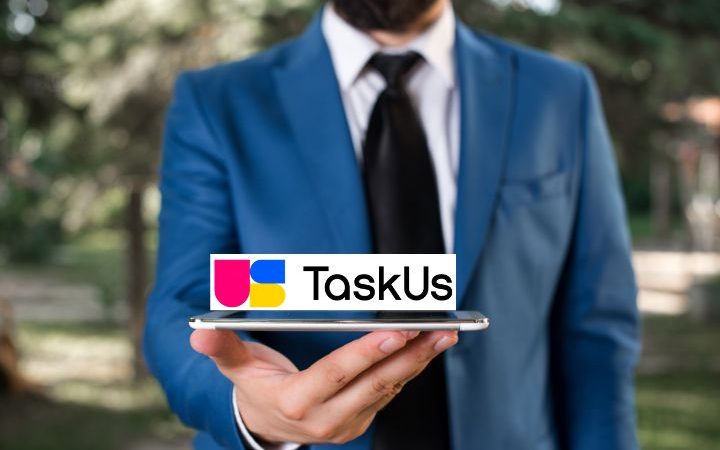Business E-mails Security: 10 Simple Steps To Protect Your Data

Did you receive an e-mail requesting sensitive data? Before opening it, click on any links or share the requested data. Even if business e-mails come from people you know very well, they may still contain viruses or phishing messages.
You don’t mess with e-mails: guaranteeing the security of messages is a crucial element in protecting every company’s data.
Corporate e-mail security: pay attention to the sender of messages
E-mail is one of the most widespread but also least secure communication systems. One of the main sources of danger concerns the possibility of precisely falsifying the sender’s identity with relative ease. A problem due to the intrinsic characteristics of the protocol used for sending e-mail.
E-mails travel on the web using the Simple Mail Transfer Protocol (SMTP), one of the oldest in the internet world. Without strict checks on the sender’s identity when composing the message on the server, the address from which it is sent can easily be falsified.
This way, any address, even yours or that of your service provider, can be used to send phishing messages. Unfortunately, not even the PEC eliminates the dangers 100%.
10 essential points to protect the company from fake e-mails
The first barrier to be raised is, therefore, on the user side.
In fact, most viruses and cyber-attacks come from errors from employees or collaborators of companies who incorrectly use company e-mails, chats, or other messaging systems.
As for e-mails, we have prepared a brief guide to raise the levels of protection immediately:
- Choose a password that is as strong as possible for your account.
- Never use the same password for multiple accounts.
- Avoid logging in from unsecured or unfamiliar terminals.
- If you use corporate e-mail on your phone, always set the screen lock and, if possible, also fingerprint recognition.
- It uses a Password Management system that automatically generates secure and encrypted passwords without the need for you to remember them.
- If you use a Web App, you can introduce an OTP system that generates security codes (like the one you already use for your bank)
- Use an effective Antivirus and Anti-spam system and make sure it is activated. The most advanced operators already include one in their service. Remember that having an antivirus does not ensure that all messages are 100% safe.
- However, install an Antivirus on the PC you use to download mail, to increase further security levels (business users could go and catch some dangerous e-mails from the Junk Mailbox)
- Ask your Mail Administrator to disable your Mail Client’s automatic macro activation feature (such as Outlook and Thunderbird).
- Do not open links or attachments of dubious origin. In case of doubt:
- always verify the sender
- even if you know the sender, be careful when it comes to invoices, payments, or personal data
- check the link of origin, the domain, and the text of the preview message
- If you have doubts, always check with a call to the message’s sender.
Almost all of these actions can be implemented with little cost and with simple training courses dedicated to staff. The safety culture is the first barrier to the dangers of the web.
Business e-mails: how to choose a secure service
Fake accounts are not the only front to keep under control regarding corporate e-mail security.
Choosing a cloud mail service provided by a structured provider that offers high levels of security is undoubtedly one of the essential actions to take.
In this way, all the dangers of attack, the risks of service interruption, and maintenance costs associated with the use of an internal mail server are eliminated immediately.
Antivirus, anti-spam, and intrusion detection: the weapons at your disposal
A professional e-mail service includes other essential elements of security.
The first to consider is the provider’s infrastructure. A provider that delivers quality mail services keeps servers in their redundant data centers, protecting them from cyber-attacks.
Once the infrastructure levels have been verified, other aspects are to consider.
Here are some examples of protection that can make a difference:
- ability to encrypt messages so that they are not readable by outsiders
- intrusion detection services that detect attempts to violate the Customer’s mailboxes in real-time (such as brute-force attacks insisted on mailboxes with suspicious IPs, “anomalous” accesses, and computer attacks on mail servers)
- antivirus and anti-spam on the Customer’s inbox are constantly updated
- use of security systems such as outgoing anti-spam, which, in the event of a breach of a customer’s mailbox, detects the shipment of spam, blocks infected mailboxes, alerts the owners to invite them to change their password
- systems for creating strong passwords and also to make automatic recovery safer (for example, through the password reset functionality based on SMS or recovery addresses or even the possibility of blocking it)
- SPF, DKIM, and DMARC authentication systems that help your recipients understand that a particular e-mail actually comes from your mail server instead of a fictitious sender
Business e-mails: the power of monitoring
Finally, an element that should never be underestimated is a provider specializing in companies that can quickly offer constant and proactive monitoring of the service with qualified assistance.
For this reason, relying on a high-quality professional e-mail service allows you to work in peace and focus on developing your business.
Also Read : The 5 Advantages Of The Cloud


